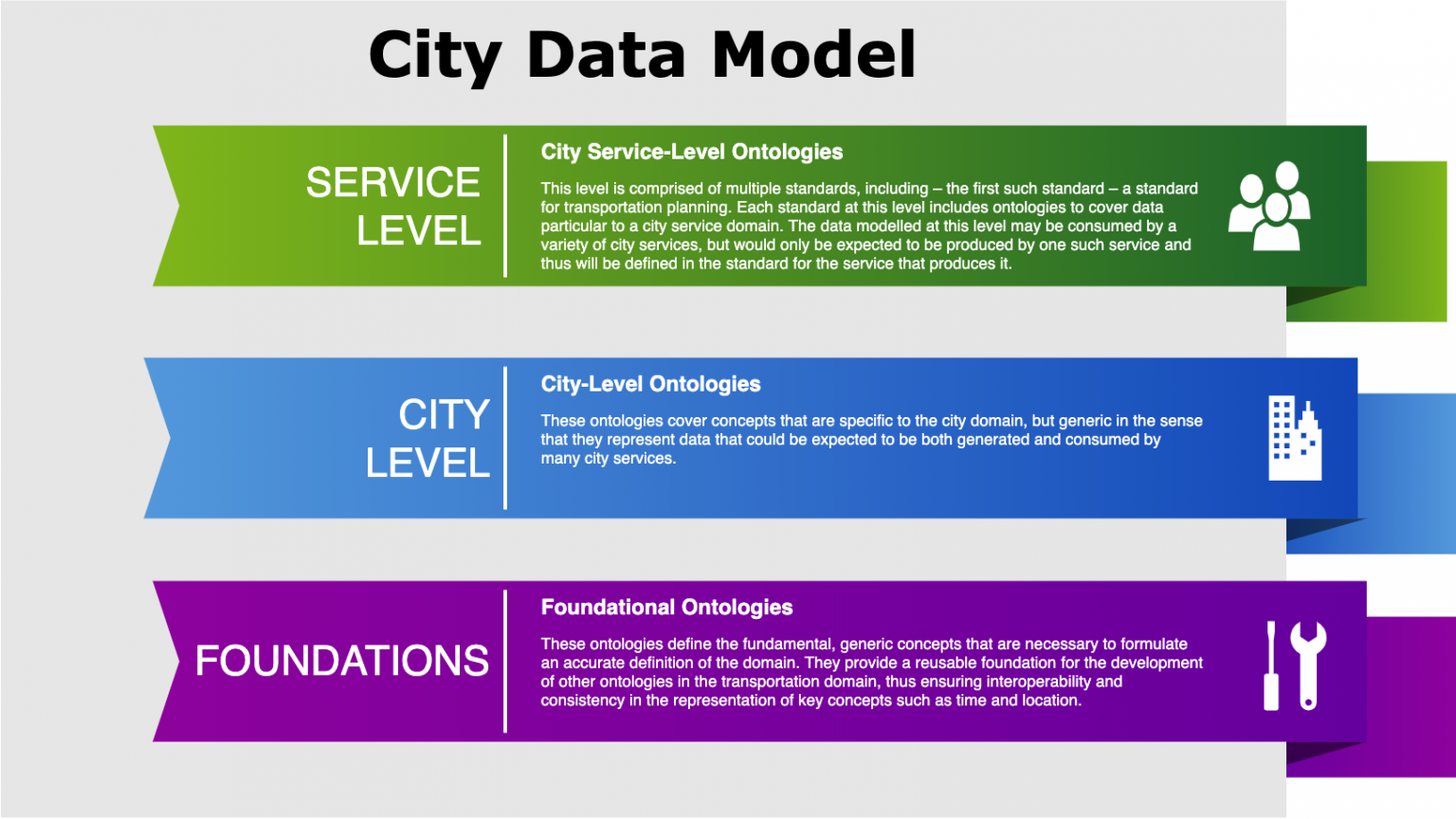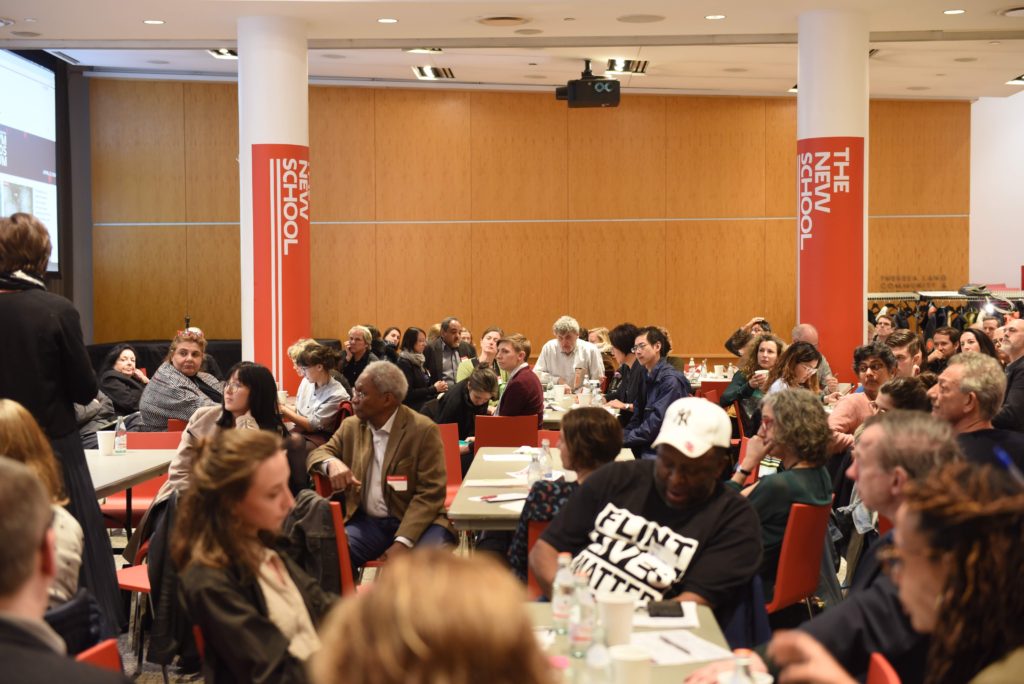

Projects with a multitude of interdependent project steps.Projects with many participants such as suppliers and cooperation partners spread throughout the world.Great pressure to significantly reduce development and project completion times.This applies to all sectors that feature the following: Coordination of schedules and activities becomes a decisive factor in collaboration, and an efficient method of cross-company interaction across the product development processes is needed. Partners in different sectors bundle their expertise to research and develop materials and manufacturing processes. Projects that require major planning and control effort and are characterized by a multitude of technical changes.Dynamic, innovative, and interdisciplinary projects.Parallel and highly complex product development projects.Projects with geographically dispersed teams and worldwide locations.And new technologies, such as electro-mobility, increasingly demand collaboration in cross-company and cross-industry development networks that are characterized particularly by the following features: Shorter product lifecycles and faster time-to-market coupled with the individualization of products and services are giving rise to value networks between suppliers, customers, and partners. The CLA approach is detailed for USAID staff in the recently revised ADS 201 guidance that details the project management. First, collaborating intentionally with stakeholders to share knowledge and reduce duplication of effort, learn systematically by drawing on evidence from a variety of sources and taking time to reflect on implementation, and adapt strategically based on applied learning. For example, within the Federal Government, the United States Agency for International Development (USAID) is employing a collaborative project management approach that focuses on incorporating collaboration, learning, and adaptation. They create a high level of transparency and a shared awareness of quality among team members.Įxamples of communication and collaboration tools used are message boards like slack, live chat, interactive whiteboard, and instant notification when an action takes place in the project.Ĭollaborative project management has been employed in the business and government sectors. The technical platform on which collaborative project management builds is a central database that makes current and consistent planning data available to all project participants wherever they may be located.Ĭommunication and collaboration are the basis for early identification of the impact of potential problems on linked sub-projects. Changes and/or delays are communicated directly to the relevant project members without active intervention in their areas of responsibility. Sub-plans are networked and synchronized to tie all partners into the system of planning and control and to promote a common understanding of overall planning. Consequently, planning and control responsibility is assumed by those who are also responsible for project content. Complex projects are broken down into smaller "more tangible" sub-systems which are then assigned to members of the relevant departments. Management is not regarded as an activity reserved solely for managers but as an integral part of the project work of all team members.Ĭollaborative project management makes extensive use of localized control loops. Features Ĭollaborative project management is based on the principle of actively involving all project members in the planning and control process and of networking them using information, communication, and collaboration modules. Recent articles expanding the definition of collaborative project management. In 2002, PMI wrote an article on this subject.
COLLABORATORY PROJECT DRIVER
Social media has been a big driver of this change. IBM, 2003 BMW, 2005).Ĭollaborative project management gained new meaning with the advent of new technological breakthroughs. Munich Management Colloquium, 2001), and at industrial companies (e.g.

Stuffer has given papers on this methodological approach at a large number of events by specialist organizations (such as GPM, 1998), at management congresses (e.g. Initial projects at industrial companies such as BMW and Bosch demonstrated the practicability of the methodology which was then further refined. Rupert Stuffer developed the methodology of collaborative project management in the 1990s. Faced with unresolved issues in the management of complex product development projects that were beyond the capability of classical techniques such as network planning or critical path analysis, Dr.


 0 kommentar(er)
0 kommentar(er)
